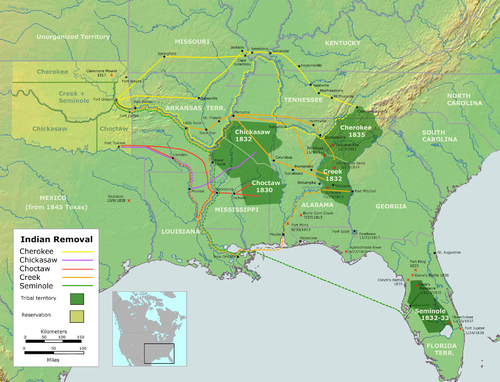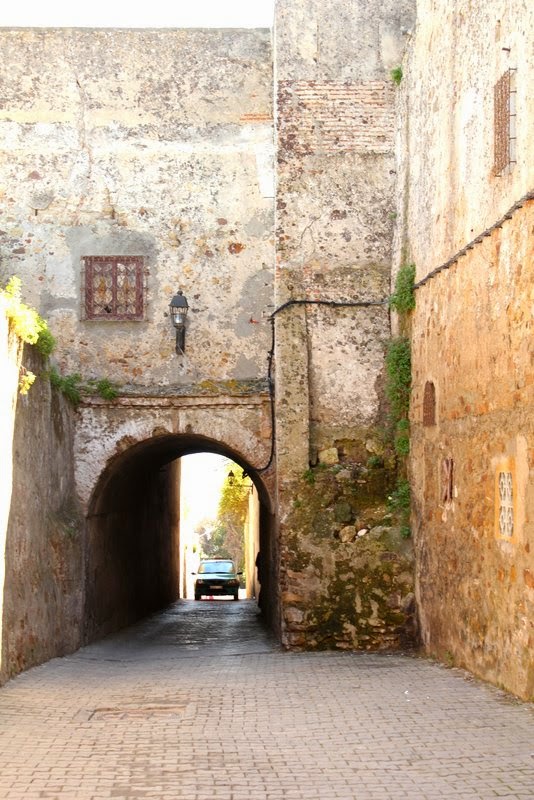You may or may not have heard of this initiative going on in the US right now. Each bill of our paper money has a face on it, of either a president (George Washington, Abraham Lincoln...) or someone important in the nation's history (Benjamin Franklin). (See here for all the bills—including some much bigger ones than you may think exist!)
On the 20 dollar bill we see the face of Andrew Jackson, a president who did a lot for the country—some of it good, and some of it... not so much. One of his biggest, and certainly his most terrible legacy is the "Trail of Tears", formally known as the Indian Removal Act of 1830.
"...the Cherokee nation was forced to give up its lands east of the Mississippi River and to migrate to an area in present-day Oklahoma. The Cherokee people called this journey the "Trail of Tears," because of its devastating effects. The migrants faced hunger, disease, and exhaustion on the forced march. Over 4,000 out of 15,000 of the Cherokees died." sourceJust take a look at this map to get an idea of the scope of this relocation. For anyone familiar with the geography of the US, think about how radically different those deep south climates are from Oklahoma.
 |
| source |
So do we really want to celebrate this man on one of the most commonly used US bills? Here's another reason it doesn't make the most sense that he's there:
Some argue that because Jackson was a fierce opponent of the central banking system and favored gold and silver coin or "hard money" over paper currency, he is an ironic choice for immortalization on our money. source
One thing to remember is that the people who appear on US currency can change at any time—the President, the Secretary of the Treasury, or Congress just has to order it to be done. Another interesting fact: the faces on our bills haven't changed since 1929.
So now that we've established that Andrew Jackson's face is not the most logical, and that it's rather time for a change, who should we put on the $20 bill? Before we can answer that, these kids have an important question:
The people at womenon20s.org are trying to garner public support for the change from Andrew Jackson to a celebrated American woman on the $20 bill. This is far from being an aggressive feminist movement, it's simply a way to give some needed attention to the important women of our nation. We have lots of inspiring ones to choose from!
In March I was one of the 256,000 people who voted for my top three of the fifteen most influential American women. Now, since the beginning of April, four finalists have been identified. From the womenon20s website:
Go here to get to that page and read these amazing women's more complete biographies. I certainly learned quite a lot!
I have two email addresses, so I'm voting twice, but I won't influence you one way or another so I won't tell you who I'm voting for, however I will tell you to go vote! Even if you aren't American! Go take a look at the womenon20s website, learn a bit about the history of that country, and really, why not vote? The more people vote, the more likely it is that one of these women will appear on the 20 dollar bill in 2020, right in time for the 100th anniversary of women's suffrage in America!



























































